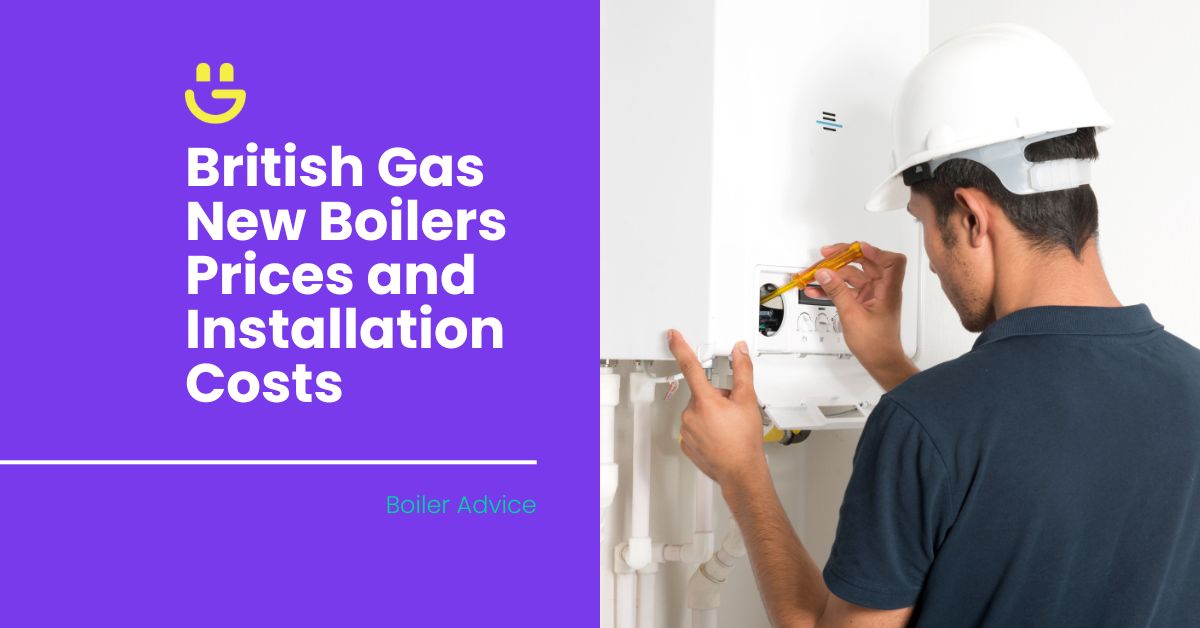Last Updated on November 14, 2025
Finding the optimal location for your thermostat is more important than you’d think. It can save you money on your utility bills year-round.
When your thermostat is in the wrong place, it can cause uneven heating and cooling throughout your home, as well as lead to wasted energy. Why? Your HVAC system (Heating, Ventilation, and Air Conditioning) will have to work harder to heat or cool your home to the desired temperature.
It’s a system that regulates the temperature, humidity, and air quality. This ensures an ambient temperature throughout buildings.
Contents
The Importance Of Thermostat Placing
Are you tired of a home that’s either a sauna or a freezer? The culprit might not be your central heating system, but your thermostat’s placement.
Managing indoor temperatures
The ideal placement for your thermostat depends on various factors, including your home’s layout. However, following general guidelines like avoiding exterior walls, drafts, and direct sunlight can significantly improve your thermostat’s accuracy and efficiency.
Your seemingly simple thermostat packs a powerful punch when it comes to managing your home’s temperature. Get it right, and you’ll enjoy consistent comfort, lower energy bills, and a longer lifespan for your HVAC system.
You can also consider a smart thermostat. Some people love the comfort and savings of a smart home thermostat. If you’re one of them, we’ve got a guide to the best smart thermostats. At the same time, renters and minimal HVAC users might skip it for simplicity or cost.
What is a smart thermostat?
It lets you control your home temperature from anywhere, even when you’re out. It can also learn your habits and automatically adjust the temperature throughout the day, keeping you cosy when you’re home and saving energy when you’re not. Plus, you might even get bonus features like weather updates and air quality monitoring. It’s a smart way to keep your home comfortable and save money.
Key benefits of proper placement:
- Accuracy: Reflects the true average temperature, preventing your system from over- or under-reacting.
- Efficiency: Saves energy and money by minimising unnecessary system cycling.
- Comfort: Creates consistent, comfortable temperatures throughout your home.
- System health: Less wear and tear, extending your HVAC system’s lifespan.
- Smart home integration: Enables accurate data collection and automation for optimal comfort and energy savings.
Impact on comfort
Proper thermostat positioning isn’t just about convenience, but also comfort.
- A steady temperature in your bedroom means you’ll sleep better.
- No more feeling too hot or too cold with a balanced temperature throughout the whole house.
- Your HVAC system eliminates unwanted air currents and allows you to breathe easily.
- You can set the ideal temperature according to individual preferences and seasons.
Considerations For Thermostat Placement
To avoid confusing readings caused by sunshine, appliances, or drafty doors the placement of your thermostat is crucial. You’ll want to install it on the right interior wall so that you no longer need to worry about high energy bills or uncomfortable room temperatures.
Proximity to heat sources and ventilation systems
Having your thermostat in a suitable location is crucial to keep your heating bills low and your home at a comfortable temperature.
Place your thermostat away from heat sources like ovens, vents, and radiators. The heat can trick it into thinking your home is hotter than it is, making your air conditioner work harder and waste energy. Keep your thermostat at least a few feet away from any heat sources for accurate readings and optimal comfort.
Optimal room selection
The best place for thermostats is in a frequently used room. This guarantees accurate temperature readings, prioritises your comfort where it matters most, and saves energy by focusing on occupied spaces. It’s a win-win for comfort and efficiency.
The optimal room will have the following qualities:
- Well-insulated: Good insulation keeps the cold out and the warmth in.
- Away from direct sunlight: Direct sunlight can lead to false high readings. This causes your HVAC system to unnecessarily cool your home.
- Free from drafts: Drafts from doors and windows can also lead to inaccurate readings, either high or low. Choose a room with minimal air movement for optimal temperature sensing.
Thermostat height
The ideal height for your thermostat is between 52 and 60 inches above the floor. This range ensures accurate temperature readings and optimal system performance. You also don’t want it too high due to the hot air rising.
Seasonal changes
As the seasons come and go, adjusting your central heating system is key to keeping your home comfy and your wallet happy. Here are some quick tips from Eco Happy on how to adjust the central heating system for each season:
Winter:
- Keep your main living areas toasty, while bedrooms can be slightly cooler. When bedtime arrives, cosy up with slightly lower temperatures throughout the house for extra comfort and cost-savings. While you’re away, remember to dial it down to a minimum to prevent unnecessary energy use.
Summer:
- Keep it comfortable with similar ranges as winter. When nighttime rolls around, you can slightly lower the temperatures.
Autumn:
- As the weather cools, gently transition away from summer warmth. Start around 22°C and gradually lower the thermostat setting as the days become shorter and cooler. Embrace the cosy autumn nights with a lower temperature than in the daytime.
Spring:
- Slowly increase the thermostat setting once winter is over. Remember, fresh spring air can often replace heating on mild nights, so don’t hesitate to open the windows and enjoy the natural breeze.
Extra Tip:
- Get a smart thermostat: Automate adjustments based on schedules and preferred temperatures. These are great for energy efficiency.
Optimising Thermostat Placement
Are you tired of chilly mornings and sweltering evenings? With these efficient thermostat placement tips managing your central heating system has never been easier.
Central location
Place it in a common living area, like the living room, to capture the average temperature of your house and avoid favouring specific rooms.
Avoiding drafts
Steer clear of doors, windows, and air vents to prevent drafts from fooling your thermostat into inaccurate readings.
Hallway placement
Consider the hallway as a central point representing the overall temperature. Please make sure it’s away from drafts and direct sunlight.
Adequate wiring accessibility
Choose a location with easy access to the wiring for future installation or maintenance of your central heating system.
Monitor thermostat efficiency
Regularly check your thermostat’s battery and performance. Ensure it cycles on/off properly and isn’t affected by dust or debris.
FAQs
Should the thermostat be inside or outside?
Thermostats belong inside, where they accurately read your home’s temperature. Outside placement leads to inaccurate readings and wasted energy. Placing your central heating thermostat on an interior wall is ideal to ensure your home remains comfortable.
What not to do with a central heating thermostat?
Don’t place them near ovens, vents, or radiators, as these can trick you into thinking your home is hotter than it is. Avoid doors, windows, and air vents, as these can distort the temperature readings. Last but not least, don’t expose it to sunlight, as this can also lead to inaccurate readings.
Should I put a thermostat in every room?
One thermostat in a well-chosen central location is usually sufficient. Placing one in every room can get expensive and lead to conflicting temperature settings. By researching thermostat setting tips and choosing an energy-saving thermostat position you can keep your home at an ambient temperature.
Conclusion
Pick a central, draft-free spot for your thermostat, like a living room or hallway. Easy access for wiring and regular checks are key.
By following these simple tips and placing your thermostat in a good location, you can ensure your thermostat efficiently maintains your desired home temperature. You’ll never have to worry about inconsistent temperatures causing discomfort in your home again.
For any other heating needs, reach out to Eco Happy today. We’re happy to provide you with advice and quotes.






Tom Allen
Solar Expert